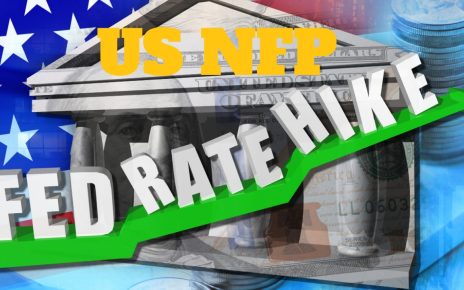- The US reported a significant drop of 9.6 million barrels in crude inventories for the week ending on June 23.
- Leaders of major central banks reaffirmed their belief that further policy tightening is necessary.
- Chinese industrial firms experienced a continued decline in annual profits.
On Wednesday, oil prices increased by approximately 3%. This was due to a larger-than-expected second consecutive weekly decrease in US crude stockpiles.
WTI price chart (Source: Nymex)
The US Energy Information Administration reported a significant drop of 9.6 million barrels in crude inventories for the week ending on June 23. This surpasses the 1.8-million barrel draw predicted by analysts and is considerably larger than the 2.8-million barrel draw from the same week last year. It also exceeds the average draw from 2018 to 2022.
Despite this positive news, investors’ concerns about interest rate hikes and their potential impact on economic growth and oil demand persisted. The leaders of major central banks reaffirmed their belief that further policy tightening is necessary to curb inflation.
Fed Chair Jerome Powell did not dismiss the possibility of future rate hikes during consecutive Fed meetings. Similarly, European Central Bank President Christine Lagarde confirmed expectations that the bank would raise rates in July, stating that such a move is “likely.”
Bank of England Governor Andrew Bailey expressed his determination to take necessary measures to reduce persistent price growth in the United Kingdom. Similarly, the Bank of Japan governor, Kazuo Ueda, indicated the possibility of eventually abandoning their ultra-easy policy.
Moreover, Powell emphasized the importance of further softening in the US labor market to alleviate price pressures. While he acknowledged the possibility of a downturn with a “significant probability,” he clarified that it was not the most likely scenario.
European Central Bank President Christine Lagarde acknowledged the potential for the Eurozone economy to slide into a recession this year. However, she emphasized that it was not the ECB’s primary expectation.
Some analysts anticipate a tightening of the market in the second half of the year. They attribute this to ongoing supply cuts by OPEC+ (the coalition between OPEC and allies such as Russia) and Saudi Arabia’s voluntary reduction for July.
In China, the second-largest oil consumer globally, industrial firms experienced a continued decline in annual profits during the first five months. Softening demand has squeezed margins, reinforcing the hope for additional policy support to revive the post-COVID economic recovery, which has been facing challenges.





